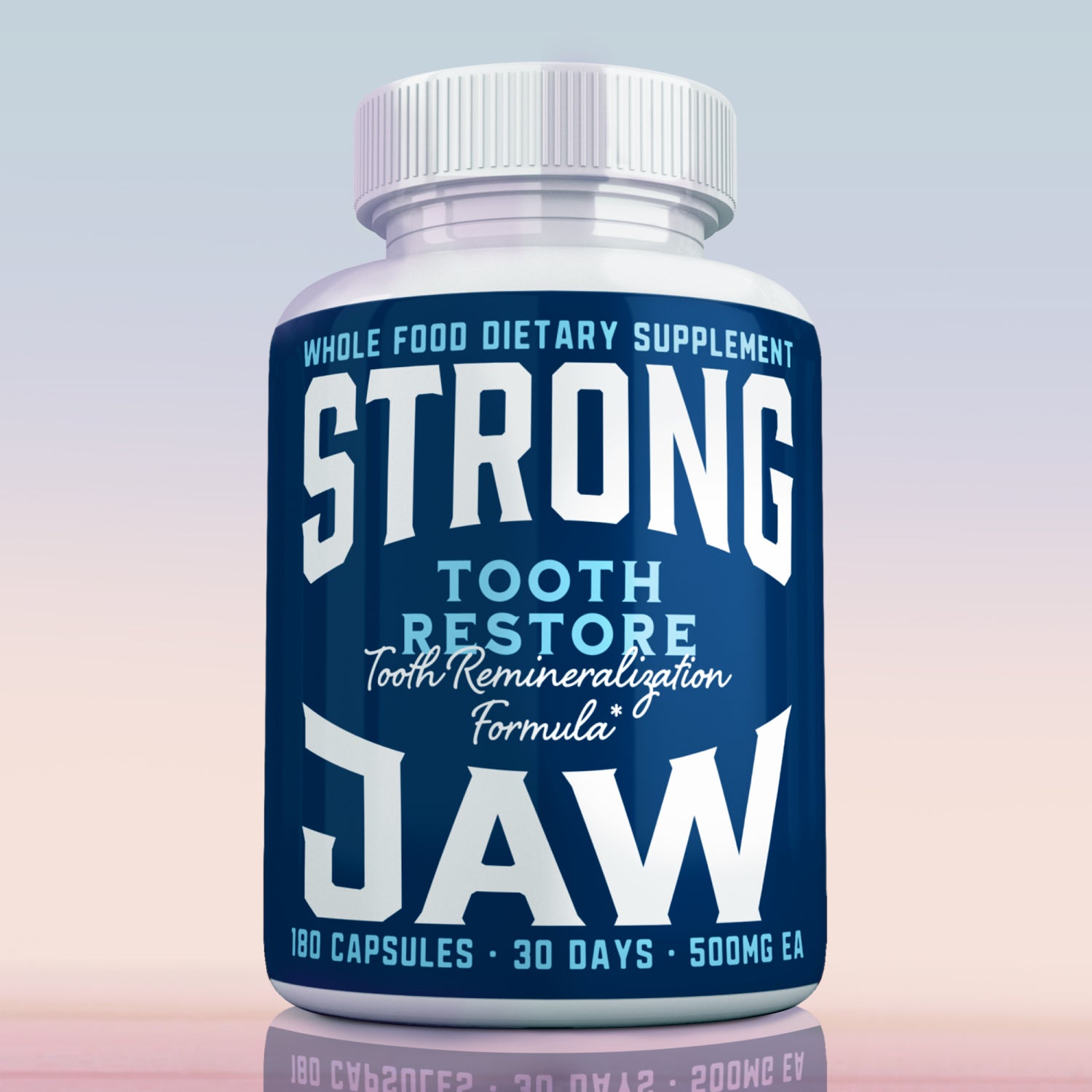Problems with Sunscreen
Introduction
Sun protection is essential, especially during the hot summer months when we're all eager to soak up some rays. Sunscreen has long been considered the go-to solution for avoiding harmful sunburn and reducing the risk of skin cancer.
However, is this common and seemingly harmless product as safe as it is widely believed to be? In today's article, we will delve into the problems associated with using sunscreen, backed by scientific studies, to reveal how it might be affecting your health.

Let's start by discussing a study published in JAMA (Journal of the American Medical Association), which examined the effect of sunscreen on plasma concentration and raised some concerning questions.
The Chemical Culprits in Sunscreen
Sunscreen is designed to protect your skin from harmful UV rays, but what about the chemicals it introduces into your system? Commonly found ingredients in commercially available sunscreens include:
- Avobenzone
- Oxybenzone
- Octocrylene
- Ecamsule
How These Chemicals Enter Our Body
It may be surprising to learn that ingredients in sunscreen don't just sit on the surface of your skin—they get absorbed. Studies have found traces of these chemicals in urine, bloodstream, and even feces. According to a JAMA study, the application of four commercially available sunscreens under maximal use conditions resulted in plasma concentrations that exceeded the threshold established by the FDA. This alarming discovery indicates systemic absorption of sunscreen ingredients.

Toxicology Studies: A Need and a Gap
Given the findings of the JAMA study, one might ask, "Shouldn't manufacturers be required to conduct toxicology studies?" They should, and they are. However, these studies often exceed FDA thresholds for what is considered safe, raising questions about the long-term effects of these chemicals.
"The US Food and Drug Administration (FDA) has provided guidance that sunscreen active ingredients with systemic absorption greater than 0.5 ng/mL or with safety concerns should undergo nonclinical toxicology assessment including systemic carcinogenicity and additional developmental and reproductive studies."

| FDA Established Thresholds | Plasma Concentrations Found in Study |
|---|---|
| 0.5 ng/mL | See above, ranging from 1.5 - 209.6 ng/mL |
The Risks: What Do These Chemicals Actually Do?
The systemic absorption of these chemicals opens the door to a host of potential health risks.
Hormonal Disruption
Endocrine disruptors are chemicals that can interfere with endocrine (or hormone) systems. These disruptions can lead to developmental, reproductive, neurological, and immune problems. Sunscreen ingredients like avobenzone and oxybenzone have been suspected of acting as endocrine disruptors.
Carcinogenic Potentials
While research is still ongoing, there is growing concern about the carcinogenic (cancer-causing) potential of some of these chemicals. Although not yet confirmed, the systemic absorption of these substances warrants further studies to determine the clinical significance of these findings, as the JAMA study recommended.
Clinical Significance
We still have much to learn about the clinical significance of systemic absorption of sunscreen ingredients. What we do know from the JAMA study is that further studies are needed, both to understand these effects and to develop safer formulations.
Alternatives: What Should You Do Instead?
Given these concerns, it's natural to look for alternative ways to protect your skin from the sun.
Animal-Based Sunscreen
One option could be an upcoming animal-based sunscreen based in animal fats. This option provides a natural way to shield your skin from harmful rays.
Sunscreen Based in Tallow and Zinc
If you're looking for existing alternatives, consider sunscreen products based in tallow and containing zinc. They provide a more natural barrier against the sun.
Only use sunscreens which are tallow based with the active ingredient as non-nano zinc oxide. Here's our favorite.
Why, non-nano zinc oxide only? This article by the Environmental Working Group can explain more about the trouble with ingredients in sunscreens.
Natural Sun Protection
Building a "solar callous" by exposing yourself to the sun gradually can help your skin naturally protect itself. The benefits include:
- UVA and UVB exposure for melanin production
- Vitamin D synthesis
- Gradual darkening of the skin, providing natural protection
Cover Up When Necessary
If you're prone to burning or have light skin, it's advised to cover up. You can also:
- Use UV-protective clothing (e.g. a shirt, long sleeve, rash shirt)
- Stay in the shade during peak sun hours
- Wear a wide-brimmed hat
To obtain the necessary Vitamin D, spending time outdoors and receiving some sun can help your body naturally produce it, while remembering to apply sunscreen in peak UV hours (check the free app dminder to see when those hours are based on your location and how much vitamin D you can personally create from the sun).
Conclusion
The commonly used sunscreens contain ingredients that not only get absorbed into our systems but also have the potential to disrupt hormonal balance and possibly even contribute to cancer risks. Given the alarming data and the calls for further studies, it's crucial to consider alternative, natural methods of sun protection.
Call to Action
It's time to reevaluate our choices when it comes to sun protection. Look at the ingredients in your sunscreen and consider natural alternatives. Share your experiences and tips for natural sun protection in a message to us here!
FAQ
Is all sunscreen bad?
Not necessarily, but it's crucial to scrutinize the ingredients and look for natural alternatives. We suggest using sunscreens which are tallow based with the active ingredient as non-nano zinc oxide.
How do I transition to natural sun protection?
Start by educating yourself about the harmful chemicals in many sunscreens and seek natural alternatives like non-nano zinc oxide and tallow-based sunscreens.
What are some trustworthy brands for natural sunscreen?
I personally use and suggest Perma-Earth's Sun Cream Tallow Butter in the summer months. Look for those that use natural ingredients like tallow and zinc.
By being informed, we can make better choices about sun protection that won't compromise our overall health.



